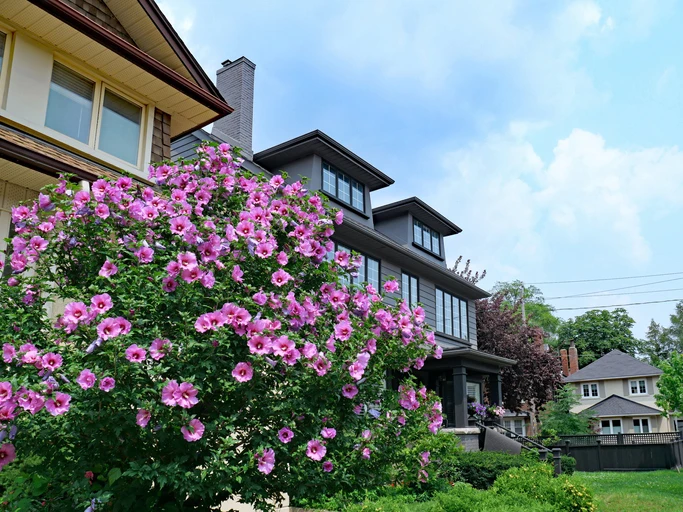
The days are getting longer, the air becoming less frigid. Spring is on its way to McLean, and that means it’s time to put away the snow shovel and gear up for some lawn projects. But first, let’s go through the basics, like:
- When to start the cleanup process
- Removing messes from the winter
- Controlling invasive vine growth
- Addressing mulch removal and re-mulching
The result of these efforts will benefit your lawn and garden for the upcoming growing season, helping everything to grow stronger and making for a more beautiful landscape.
When Should You Start Spring Cleanup in the Arlington area?
Before trees and shrubs start producing leaves, you’ll want to start cleaning. It’s much easier to locate and address any issues without leaves blocking your views.
How Do You Start Preparing Your Lawn & Garden for Warm Weather?
The first thing you’ll want to do is get rid of debris that’s accumulated over the winter, such as:
- Leaves
- Twigs
- Litter
- Animal droppings
- Dead grass
- Pinecones
It’s also a good time to prune away dead leaves and stalks from your perennials.
Once you have a clean canvas to start working on, you can start on lawn care, like:
- Raking thatch buildup
- Adding compost and fertilizer
- Removing weeds
- Pruning shrubbery*
- Repairing non-plant hardscape damage
*Pro-tip: Shrub pruning depends on when they bloom. If your shrubs bloom in spring, you’ll want to wait until they bloom so you don’t lose the flowers. If they bloom later in the year, spring is a good time to prune.
How Often Should You Remove and Replace Your Mulch?
When the temperature stays above freezing, you’re clear to remove old mulch. As soon as the warm weather is here to stay, you can safely apply fresh mulch. Not only does it help to suppress weeds, but it also conserves water throughout the summer.
Once all your garden beds have proper edging, your lawn is fertilized and clean, and you’ve gotten rid of any invasive growth, it’s time to replace the mulch. Hardwood bark mulch tends to outlast the typical ground wood chips, though there are many other types to choose from.
Types of Invasive Plants & Vines in McLean
Whether you’re considering adding onto your garden or cleaning up plants that are already there, keep an eye out for invasive plants. They might look pretty, but they can damage structures and kill your other vegetation.
Its easiest to take control of any weeds or invasive growth before it has a chance to begin, which is where mulching and landscape fabric come in handy in garden beds. However, you might not realize that some of the plants you have already could lead to major problems.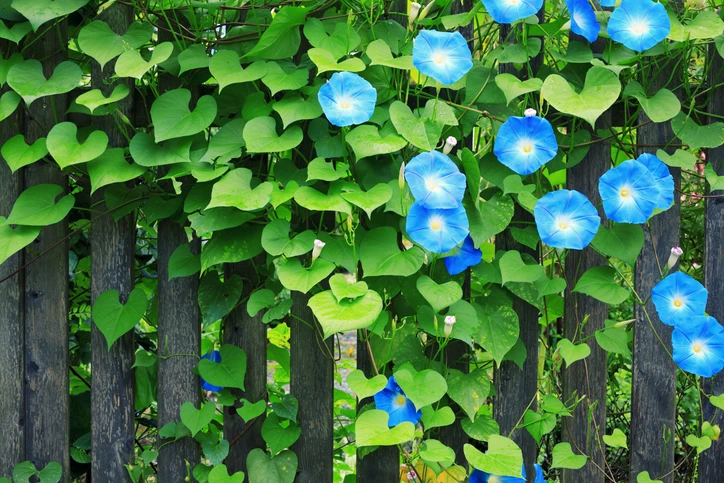
Morning Glory
Scientific name: Ipomoea purpurea
Also known as: Purple morning glory, bindweed
Pretty and aromatic, morning glory is unfortunately not a good plant to keep in your garden. It will grow until it dominates everything else in the space, with a stubborn root system that makes removal a challenge.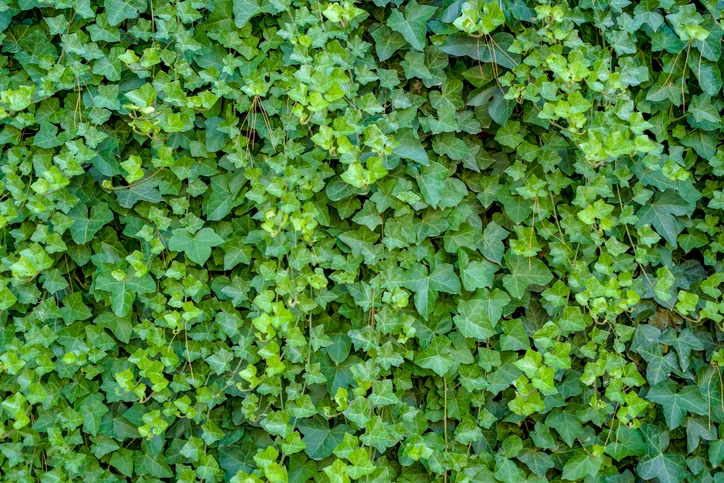
English Ivy
Scientific name: Hedera helix
These vines are damaging to any plants they grow on, such as trees. English Ivy climbs up trees and hedgerows, eventually killing them by blocking sunlight. It can also push into manmade structures, like spaces between bricks or cracks in shingles. Plus, this vine is toxic to both people and pets. It’s a good one to steer clear from.

Rose of Sharon
Scientific name: Hibiscus syriacus
Also known as: shrub althea, rose mallow, Syrian hibiscus
A shrub which produces vibrant flowers, the Rose of Sharon is a hardy plant that grows and spreads quickly. Its pods travel through the wind, and it will overtake a garden if given the chance.

Mint
Scientific name: Mentha
There are many types of mint that you can grow, but you should consider keeping them in their own pots rather than in a garden. Mint is useful in several ways – aromatherapy, flavoring food and drink to name a few – and it grows well in many conditions. You can expect it to return bigger and stronger with each year. But the roots spread fast, keeping nutrients and water from other plants.
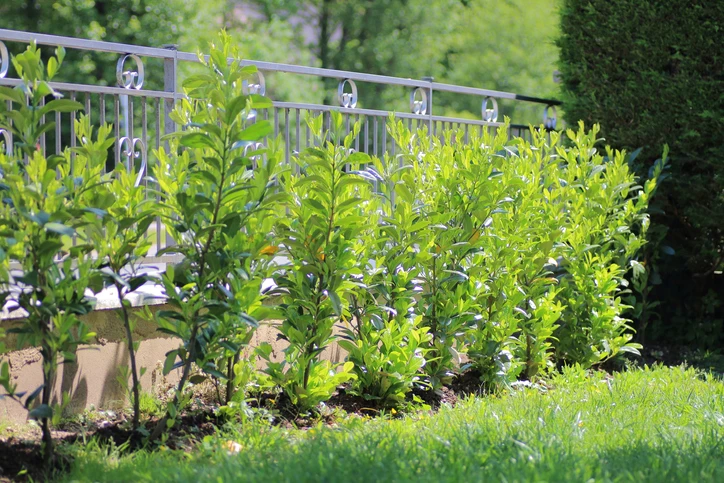
Wayleaf Grass
Scientific name: Oplismenus hirtellus
Also known as: Wayleaf basketgrass
This grass spreads very quickly via both stolons and seeds. You can control it in smaller quantities by pulling the patches before roots take hold, but if it matures it will take years to completely remove.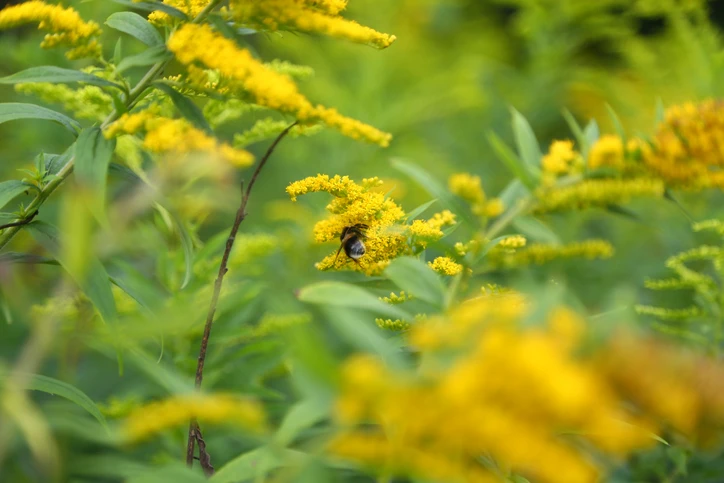
Tree of Heaven
Scientific name: Ailanthus altissima
Also known as: Stinking sumac, varnish tree
A very high pollen producer, the tree of heaven can be a source of allergy problems as well as skin rashes that occur from contact with its sap. The leaves are toxic to domestic animals, and the root system can easily damage sewer systems and structural foundations.
If you’re unsure whether you have invasive growth, we can help you identify and treat your lawn to keep it beautiful and healthy.